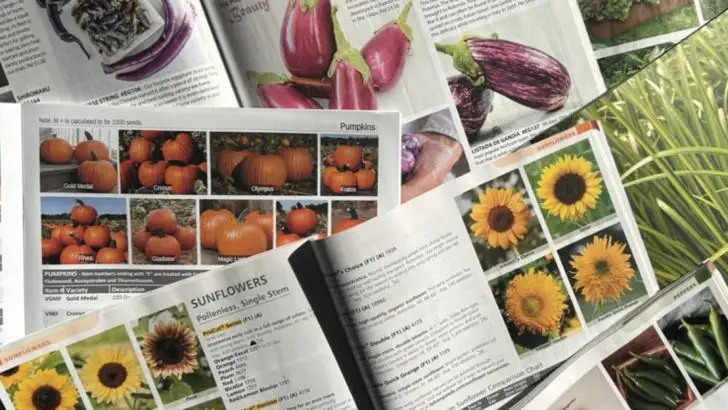No time for gardening? You’re not alone. Between work, life, and everything else, even the most passionate plant lovers can fall behind. But the secret to a thriving garden isn’t doing more—it’s doing small, smart tasks consistently.
These bite-sized chores take just a few minutes each, but together they make a big impact. From quick pruning to soil checks and mini mulching, these tasks help keep your garden healthy, tidy, and resilient—without overwhelming your schedule.
In this article, we’ve mapped out 12 quick wins to fit into your busy routine. Whether you have five minutes or fifteen, these tiny actions will help you stay ahead—and actually enjoy the process along the way.
January: Seed Catalog Browsing
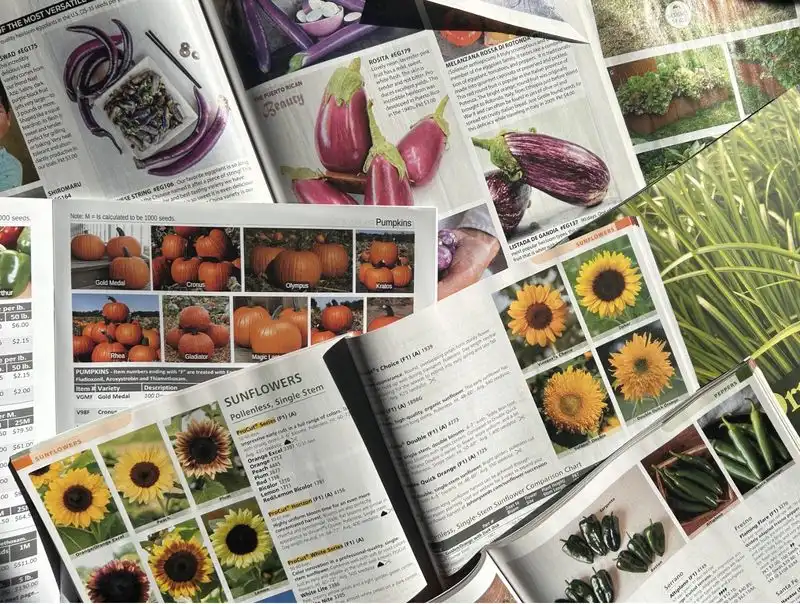
Flipping through seed catalogs in January is like planning a spring feast. This simple task allows gardeners to dream and scheme, envisioning the vibrant colors and textures they’ll cultivate in warmer months. Take a moment over coffee to jot down varieties you’d love to try. Whether it’s heirloom tomatoes or fragrant basil, this initial planning stage is both exciting and essential. Additionally, online seed shopping can be a treat; it’s a chance to explore new cultivars that aren’t available locally. Start the year by fueling your gardening inspiration with countless possibilities.
February: Tool Maintenance
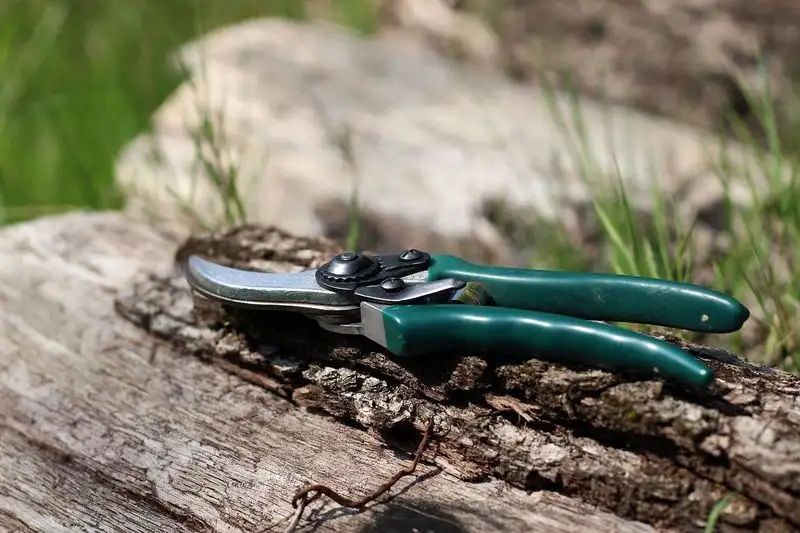
February’s chill offers the perfect opportunity to care for your trusty tools. Sharpening shears and oiling handles ensures they’re ready for the active months ahead. This task not only extends the life of your tools but also makes gardening more efficient and enjoyable. A little maintenance goes a long way in keeping your equipment in top shape. Moreover, organizing them neatly in your shed or garage saves time when you need them most. Consider this a proactive step toward a successful gardening season.
March: Soil Testing
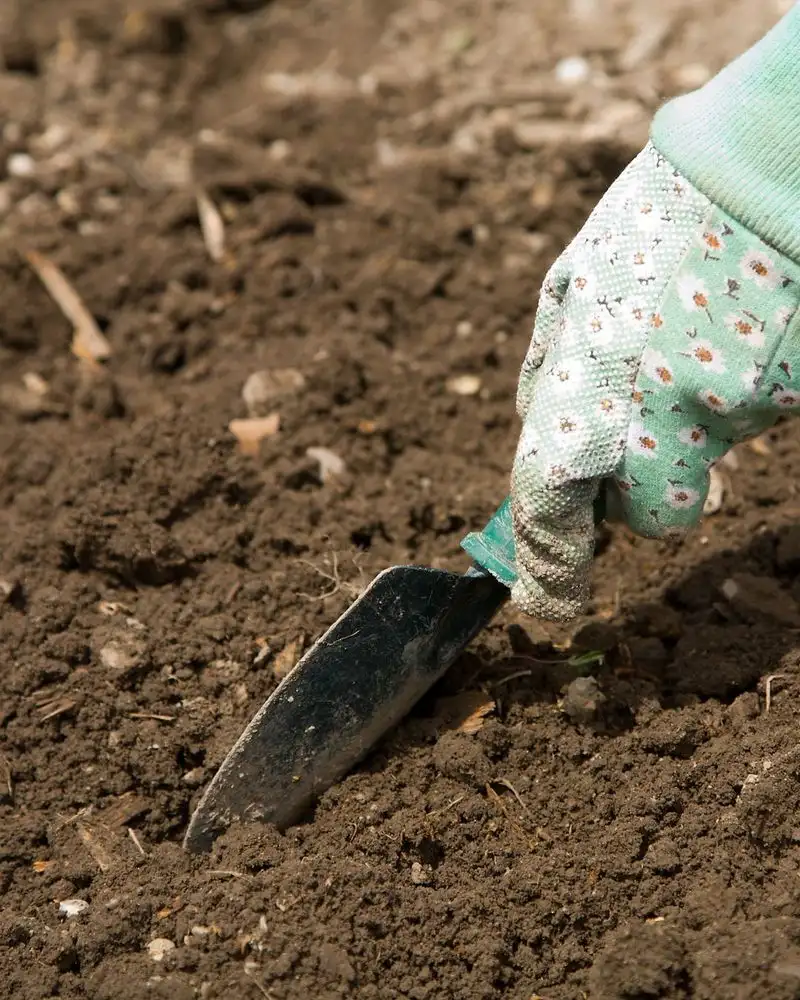
March marks the perfect time to check your soil’s health. By using a simple soil testing kit, you can assess pH levels and nutrient content, ensuring your plants get what they need to thrive. Understanding soil composition is crucial for planning fertilization and plant selection. This task, though small, can significantly impact your garden’s productivity. With the results in hand, you can make informed decisions on amendments or treatments. Plus, it’s an educational activity that connects you to the very ground you cultivate.
April: Early Seed Planting
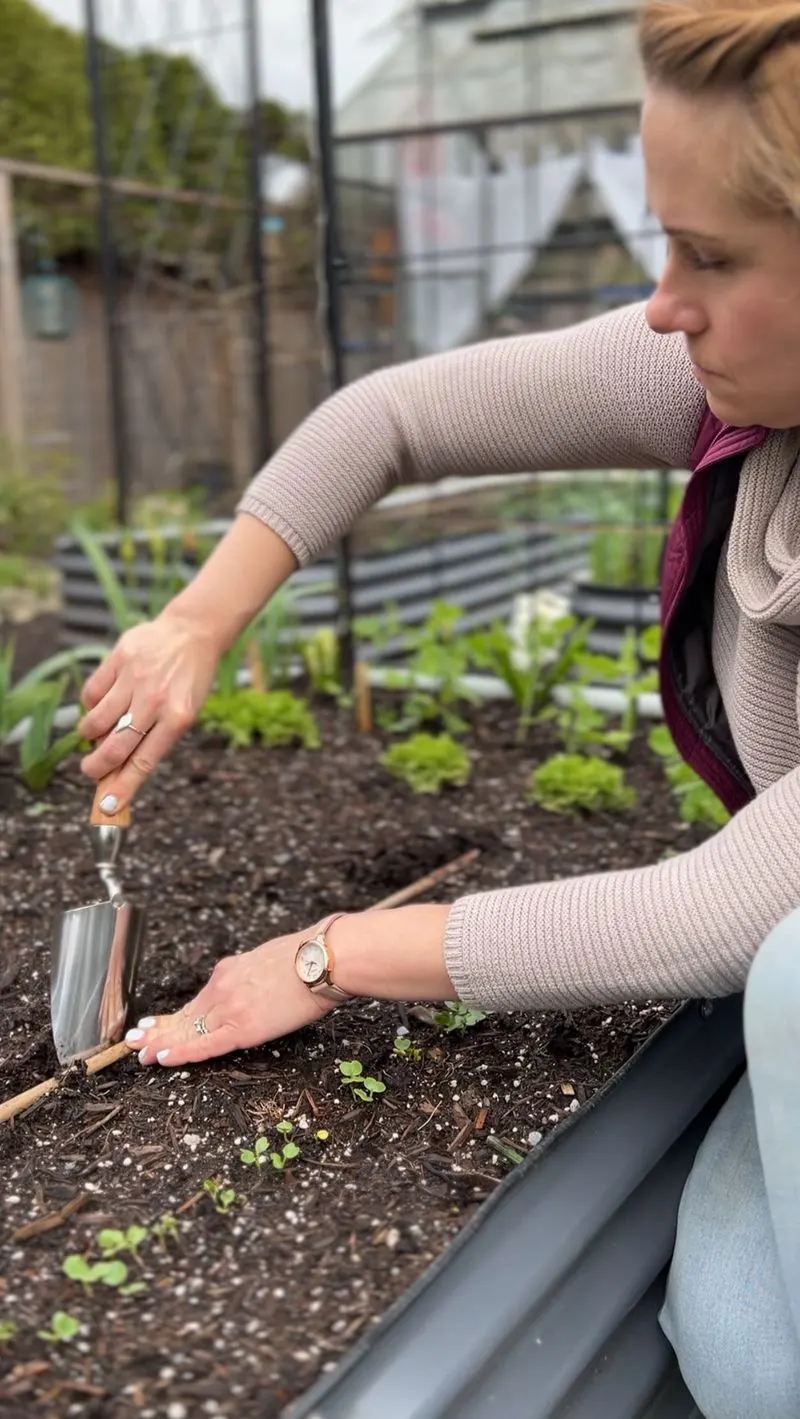
April showers might be on the horizon, but it’s also a time to start seeds indoors. Gather the family around a sunny windowsill and plant early crops like lettuce or spinach. This indoor gardening project is not only fun but also sets the stage for an abundant harvest. As seedlings sprout, you’ll witness the magic of growth firsthand. It’s a rewarding activity that brightens any room and offers a hopeful glimpse of the bounty to come. Plus, it’s a perfect way to engage kids in gardening.
May: Container Gardening
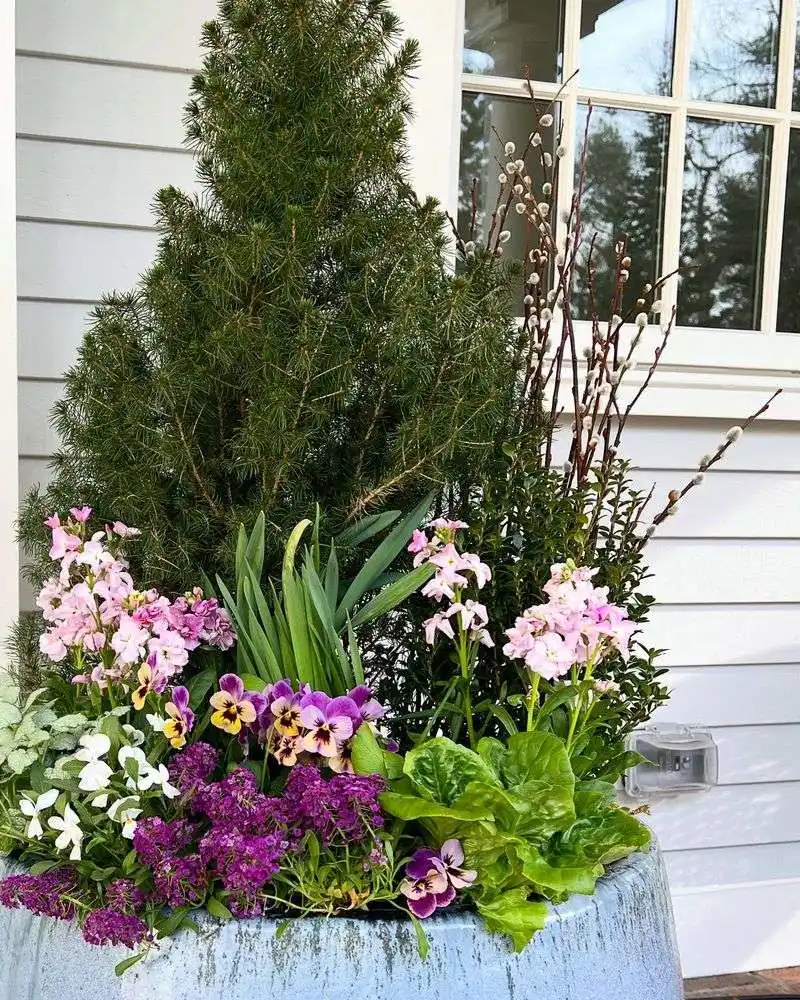
May is all about vibrant blooms and the joy of container gardening. Even with limited space, you can create a stunning display using pots of various shapes and sizes. Experiment with color combinations that reflect your personality. Container gardens are versatile, allowing you to move plants around to suit the sun’s path. A few cheerful pots can transform a mundane balcony into a lively oasis. Plus, they’re easy to maintain and perfect for those with limited time. Dive into the endless possibilities of container gardening this month.
June: Pruning Perennials

June brings warmth, encouraging plants to flourish. Pruning perennials now helps shape your garden’s look and encourages healthier growth. Removing spent flowers and trimming overgrown stems can make a striking difference in appearance and vitality. This task requires a keen eye and gentle touch, but the results speak for themselves. It’s an art form that rewards patience with a more manageable and visually pleasing garden. Additionally, it’s a peaceful way to spend time outdoors, connecting with each plant individually.
July: Pest Patrol

July’s balmy days are ideal for vigilant pest checks. Regularly inspecting plants can catch issues early, preventing damage before it escalates. Look under leaves and along stems for signs of trouble like aphids or caterpillars. A gentle touch and keen observation are your best tools in maintaining plant health. Addressing infestations promptly keeps your garden thriving throughout the season. This routine task fosters a deeper connection with your garden, allowing you to appreciate the nuances of your growing ecosystem.
August: Deadheading Blooms

August may seem like a lazy month, but deadheading blooms keeps your garden lively. Removing faded flowers encourages plants to produce more, extending the bloom period. This simple act allows plants to channel energy into new growth rather than seed production. It’s a mindful task, offering moments of reflection and satisfaction. Deadheading is more than maintenance; it’s about nurturing beauty and vitality, ensuring a colorful display continues as summer wanes. Engage in this ritual to maintain a vibrant outdoor space.
September: Compost Turning
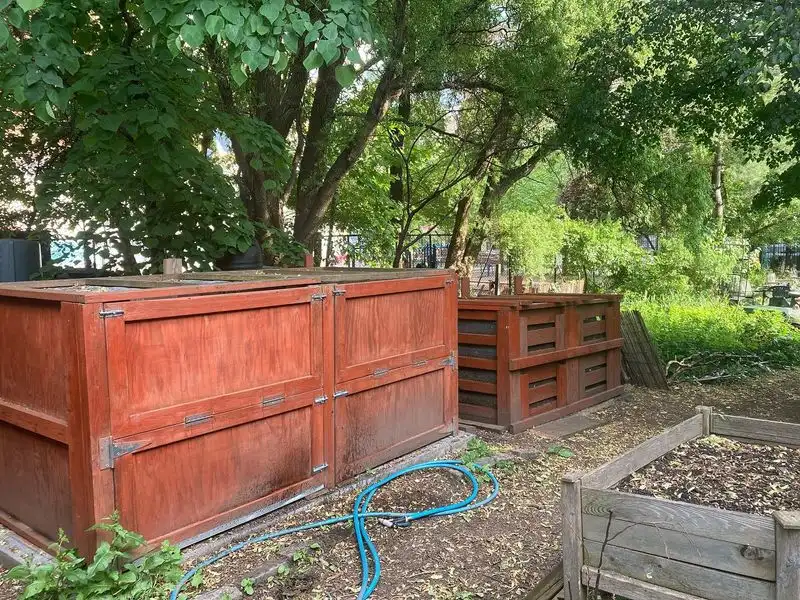
In September, attention turns to compost, the garden’s black gold. Regularly turning your compost pile aerates it, speeding up decomposition. This task is crucial for creating nutrient-rich soil amendments for future planting. As temperatures drop, maintaining an active compost is vital. Plus, it’s an invigorating way to enjoy crisp autumn air. Embrace this earthy process, knowing it contributes significantly to a sustainable gardening practice. By investing time in composting, you’re preparing your garden for robust growth in seasons to come.
October: Mulching Beds

October’s arrival signals time to protect your garden from upcoming cold. Applying mulch insulates soil, preserves moisture, and suppresses weeds. As leaves fall, using them as organic mulch can add nutrients and enhance soil structure. This task is a perfect blend of functionality and aesthetics, giving your garden a tidy, finished look. It’s a simple yet effective way to prepare for winter, ensuring your plants are well-cared for during dormancy. Engaging in mulching offers peace of mind and a sense of accomplishment.
November: Tree Pruning

November is ideal for tree pruning, a crucial task for maintaining healthy growth. With most trees dormant, it’s easier to see branches that need trimming. Pruning enhances tree structure and prevents potential hazards from falling limbs. Hiring a professional arborist ensures safety and precision, particularly for tall or large trees. This task doesn’t just improve aesthetics; it promotes longevity and health, preparing trees for spring resurgence. By investing in tree care now, you’re securing the beauty and safety of your landscape.
December: Garden Planning

December may be quiet outdoors, but it’s the perfect time for garden planning. Gather loved ones and sketch out next year’s layout, choosing where new plants will thrive. Consider crop rotation for vegetables and refreshing flower placements for a vibrant display. This collaborative task stirs creativity and excitement, laying the groundwork for a bountiful year ahead. Planning now ensures a smooth transition into the growing season, addressing any challenges. It’s a thoughtful way to connect with family and your garden’s future.

